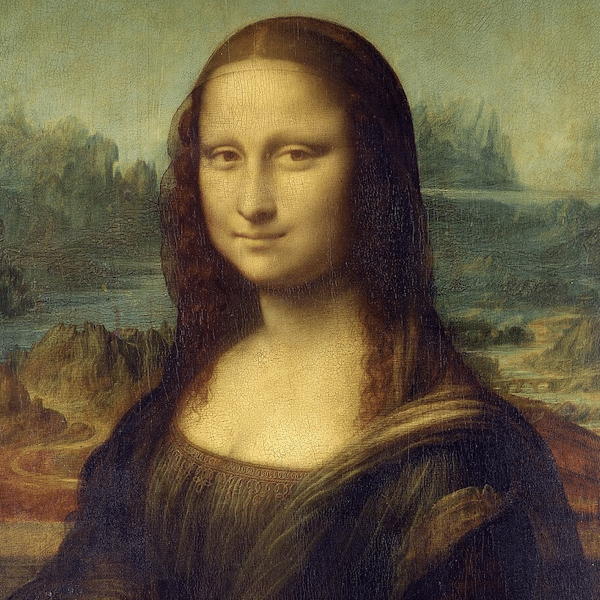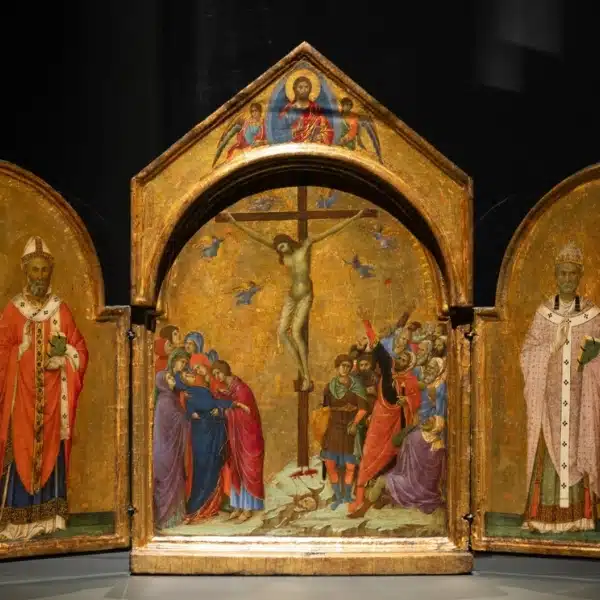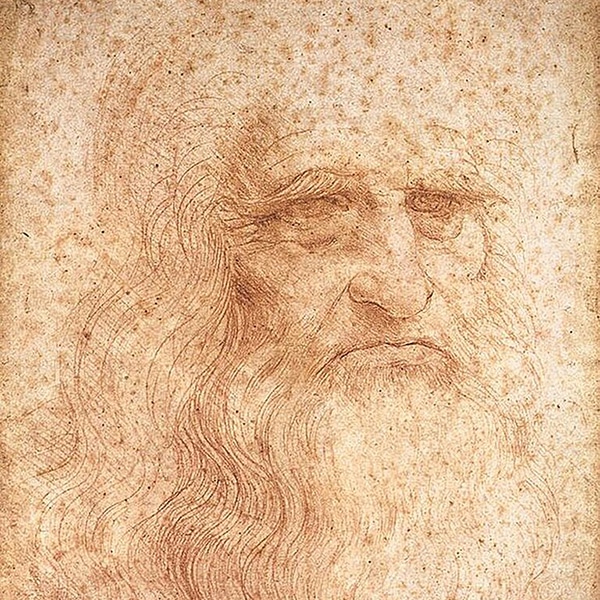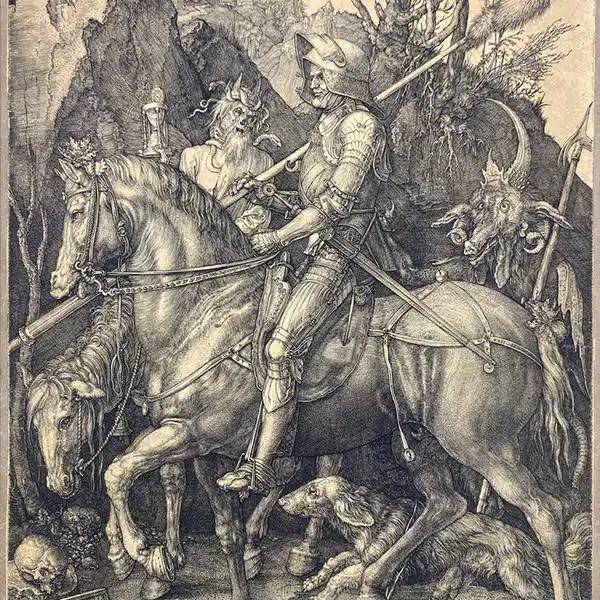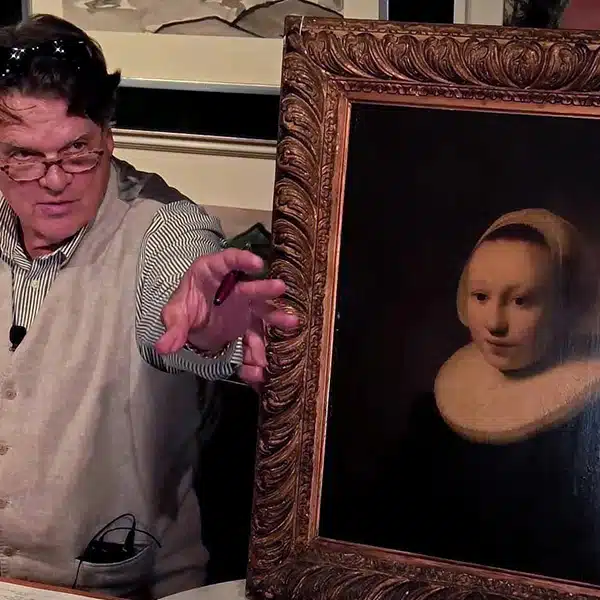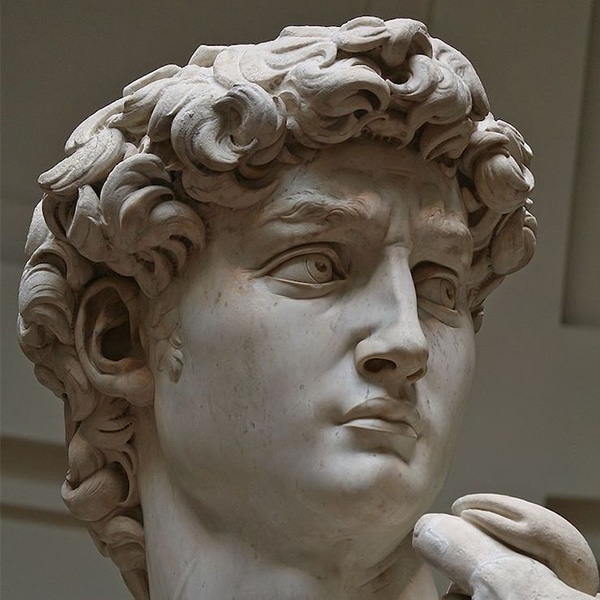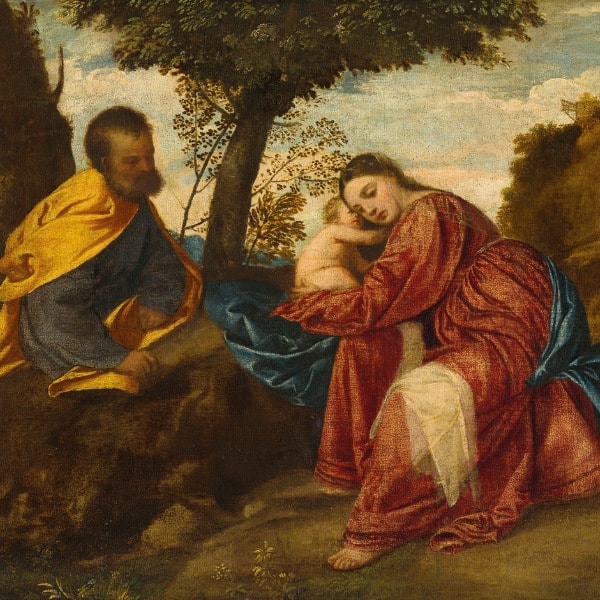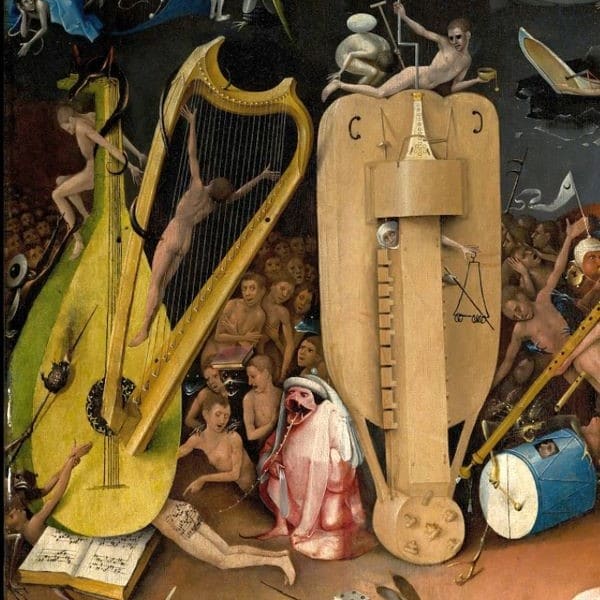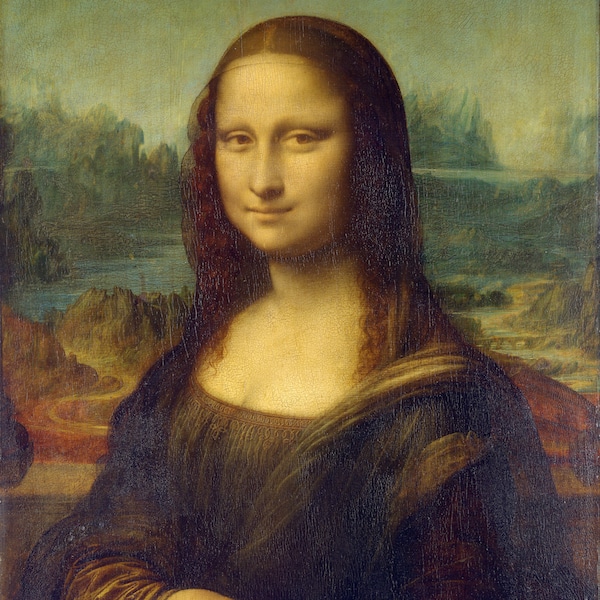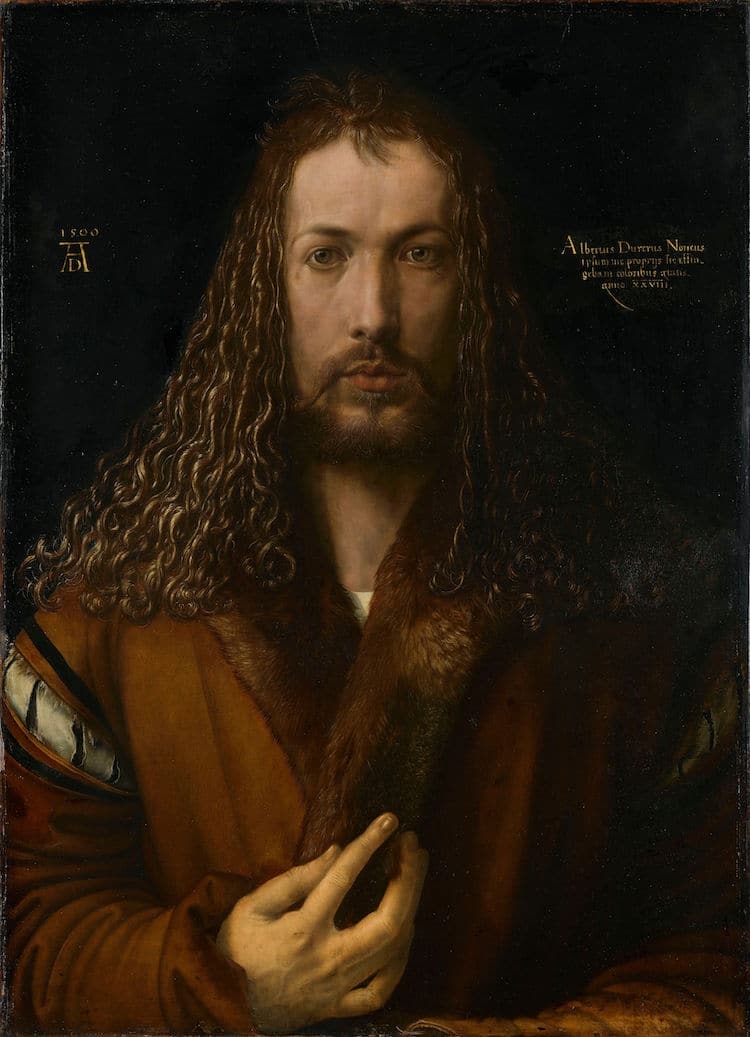
Self-portrait at 28, oil painting on lime, 1500 (Photo: Wikimedia Commons, CC0 1.0 Public Domain Dedication)
The 15th century was a period of major artistic growth in Europe. While the Italian Renaissance is known for its advancements in color and understanding of anatomy, the Northern Renaissance popularized the use of prints. One person, in particular, paved the way in different printmaking techniques: German artist Albrecht Dürer (1471-1528).
Although printmaking had already existed for some time, Dürer was the first artist to elevate it to a form of fine art. He produced engravings, woodcuts, and etchings with meticulous attention to detail. It was the first time someone attempted to reproduce such realistic illustrations, and its overwhelming success subsequently inspired other artists to make and distribute prints.
Read on to learn more about the life and art of Dürer.
Who was Albrecht Dürer? Scroll down to learn about his life, art, and legacy.
The Artist's Early Life
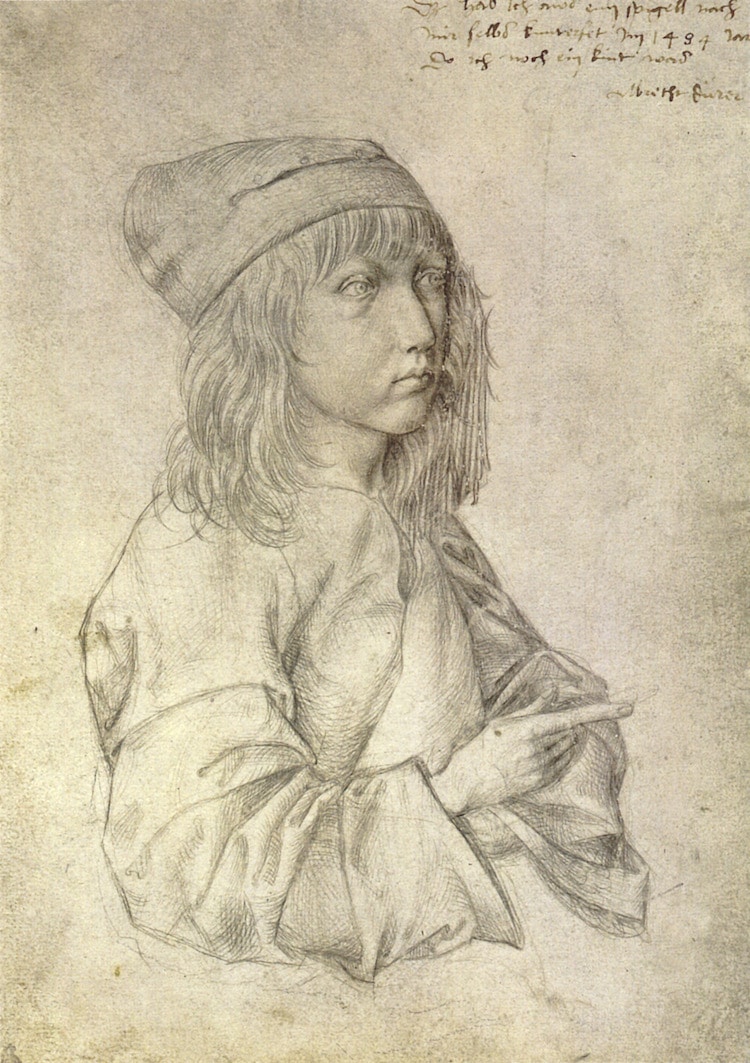
Self-portrait at thirteen, silverpoint, 1484 (Photo: Wikimedia Commons, Public Domain)
Born in 1471 in Nuremberg, Germany, to a prominent goldsmith, Dürer began making art at an early age. After working at his father's workshop for several years, 15-year-old Dürer found an apprenticeship with a local artist named Michael Wolgemut (1434-1519) who specialized in woodcut illustrations for books and other publications. During this time, Dürer polished his drawing skills and familiarized himself with drypoint and woodcut techniques.
Visits to Italy
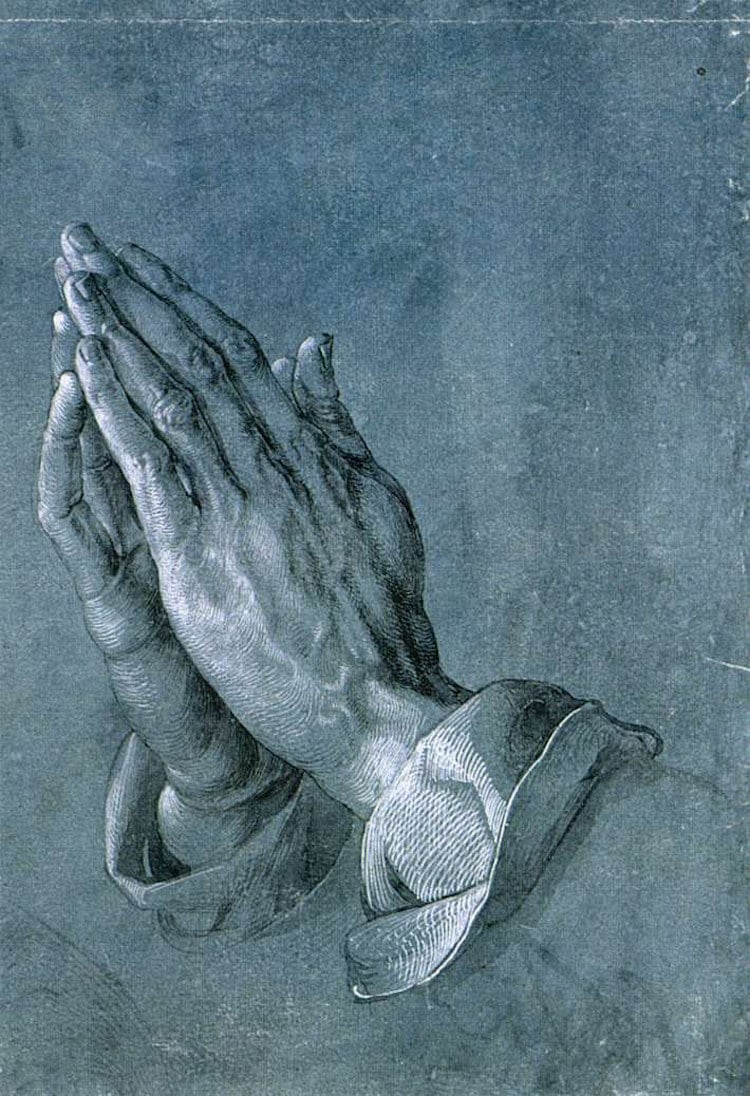
“Praying hands,” pen and ink drawing, 1508 (Photo: Wikimedia Commons, Public Domain Dedication)
Dürer made two trips to Italy in his lifetime—from 1494 to 1495 and again from 1505 to 1507. Both of these experiences were very formative for his art, as he used the time to immerse himself in the Italian Renaissance.
By copying paintings from great masters as woodcuts, Dürer became more aware of anatomical realism, perspective, and detail. Then, when he returned to Germany and created woodcuts and prints in this meticulous style, he helped spread Italian Renaissance ideals throughout the rest of Europe.
A Look at Printmaking by Dürer
Woodcuts
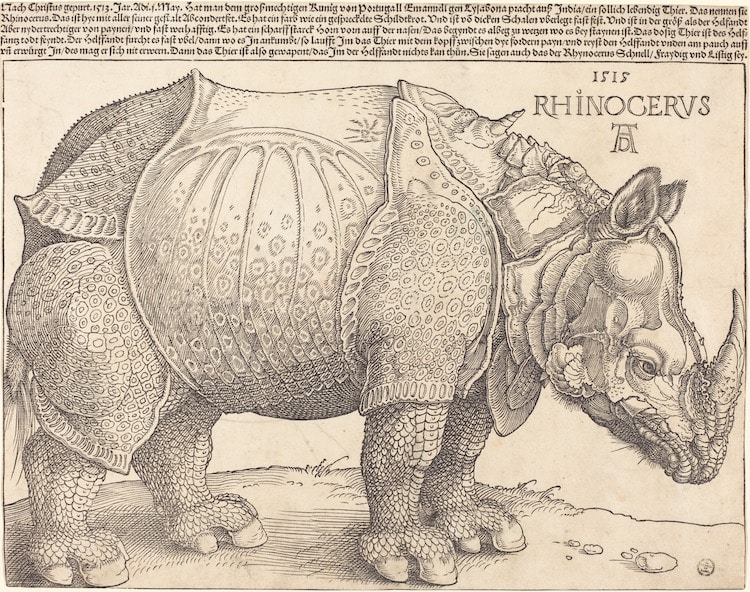
“Rhinoceros,” woodcut, 1515 (Photo: Wikimedia Commons, Public Domain)
After visiting Italy, Dürer's woodcuts took on a new layer of realism. He began using chiaroscuro modeling effects, for instance, to give his prints a sense of depth.
Although Dürer is famous for his woodcuts, he most likely didn't cut the designs himself; this was probably done by specialized craftsmen. Instead, he produced highly detailed drawings either on the woodblock itself or on paper and then glued them onto the surface of the block.
Durer also produced one of his most elaborate woodcuts for the Holy Roman Emperor Maximilian I—his patron from 1512 until 1519 (Maximilian's death). Entitled The Trumphal Arch, this magnificent work required 192 separate blocks and is one of the largest prints ever produced.
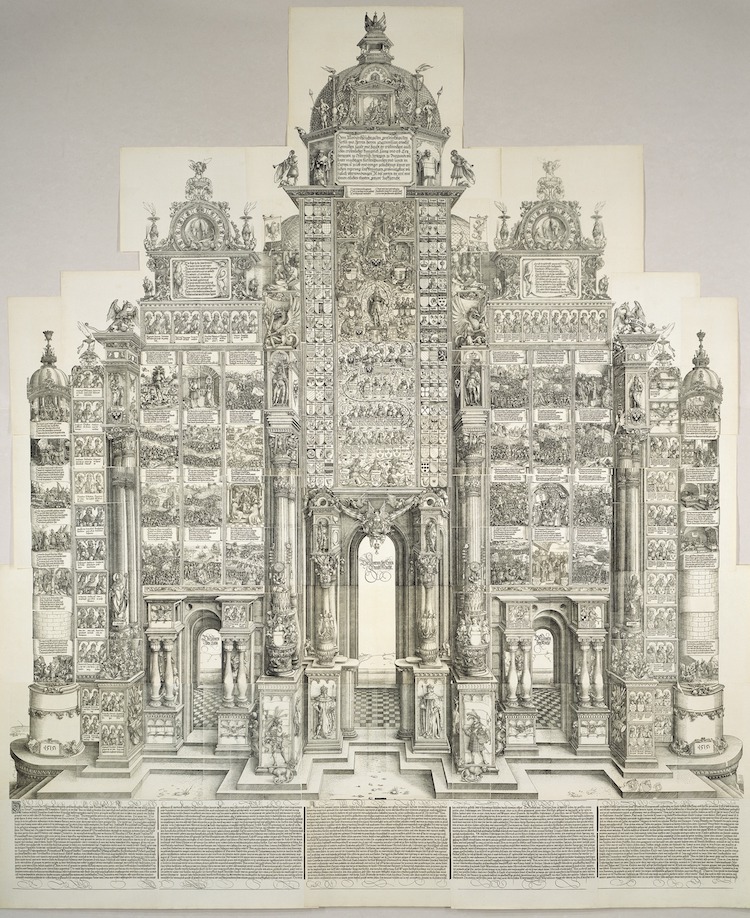
“The Triumphal Arch,” woodcut, 1515 (Photo: Wikimedia Commons, Public Domain)
Engraving
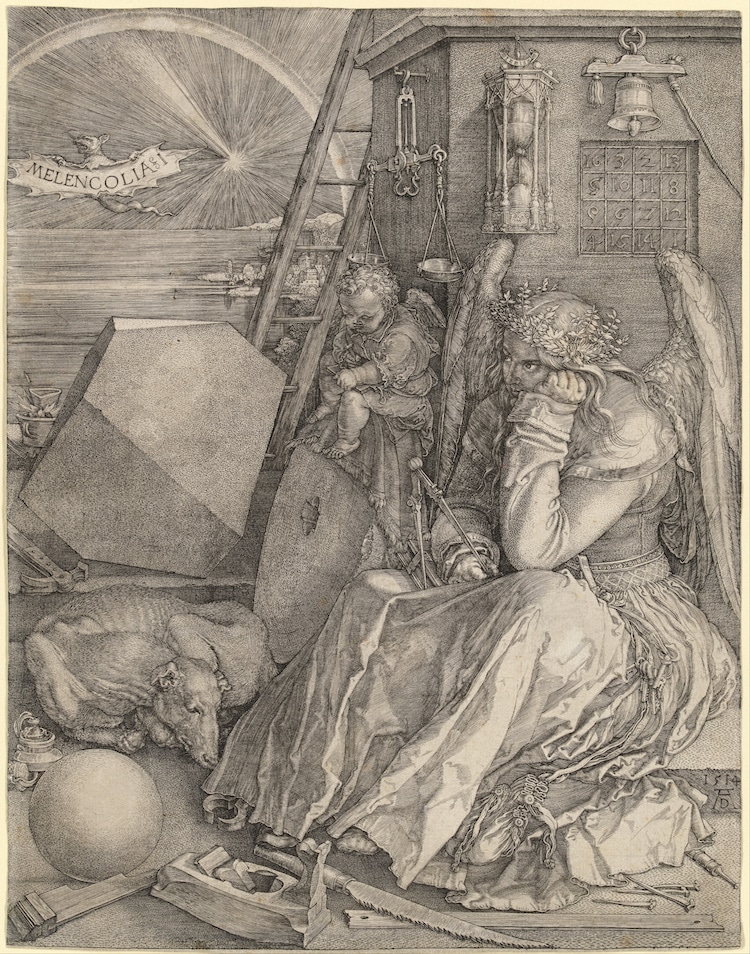
“Melencolia I,” engraving, 1514 (Photo: Wikimedia Commons, Public Domain)
In the late 1490s, Dürer taught himself how to use a burin—a steel cutting tool—to make engravings. Instead of carving along the grain like in woodcuts, engravings are done at the end of the block of wood. This allowed Durer to produce more complex works, like Melencolia I, which is filled with numerous lines and hatch marks.
While Dürer's name was already recognized in Germany and other northern regions, he began to accumulate fame abroad too. The Italian art historian Giorgio Vasari (1511-1574) even wrote about the German artist's prodigal talents.
A prolific artist in many fields, Dürer also produced some etchings. However, due to their scarcity, it is likely that he found the technique—which required the user to create a design in intaglio on metal—not suitable for his elaborate style.
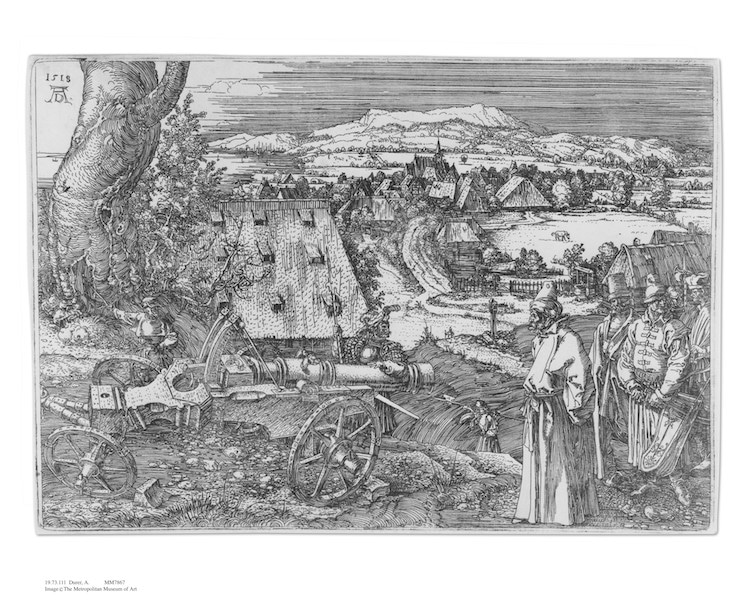
“The Cannon,” etching, 1518 (Photo Wikimedia Commons, CC0 1.0 Public Domain Dedication)
Exploring the Artist's Paintings
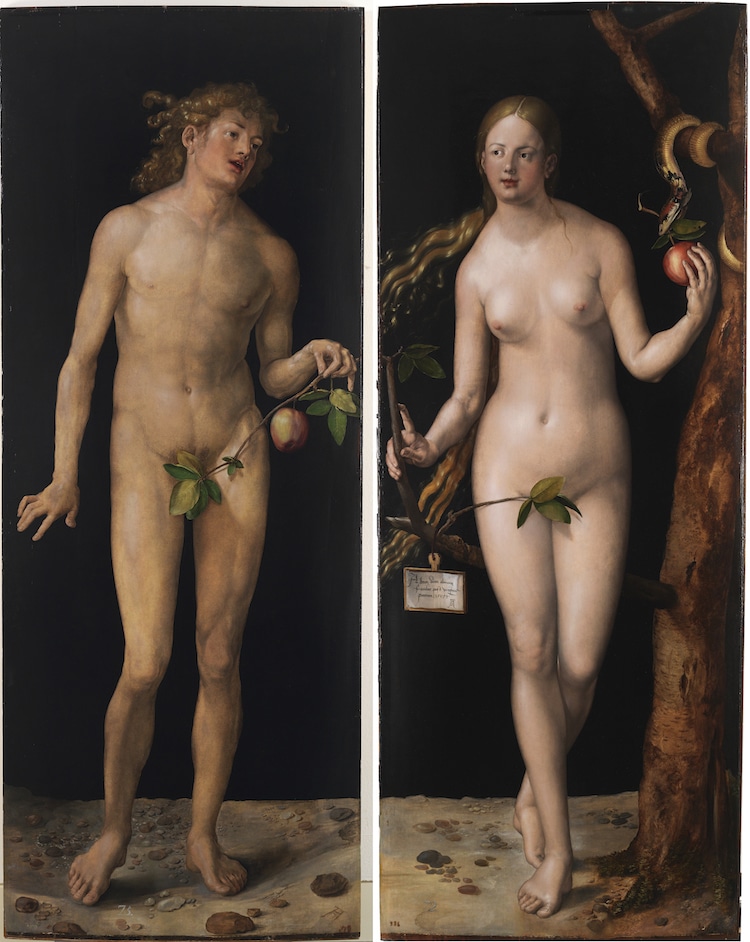
“Adam and Eve,” oil painting on panel, 1507 (Photo: Wikimedia Commons, Public Domain)
Dürer is remembered more for his printmaking, but he was an accomplished painter, too. Inspired by the Venetian use of color, he created an array of oil paintings on religious and secular subject matter. Many of these, like Adam and Eve, can be seen in museums today.
Additionally, Dürer's collection of watercolors reveal that his obsession with realism and detail wasn't limited to just printmaking. These pieces show the artist's acute observations of the world around him, and make him an early landscape artist.
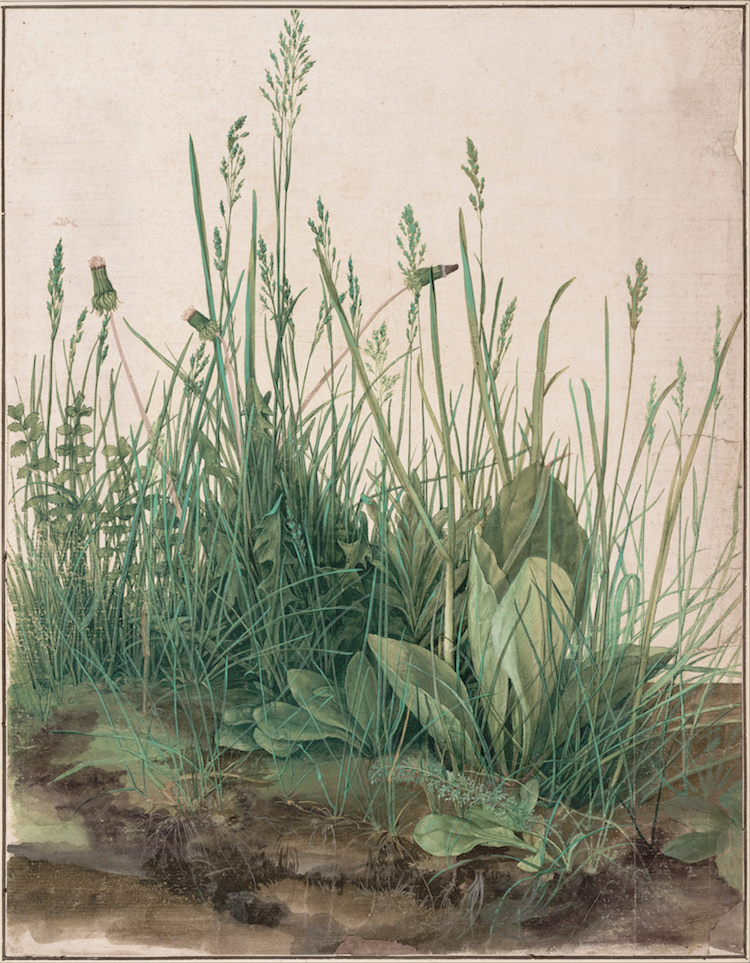
“The Large Piece of Turf,” watercolor, 1503 (Photo: Wikimedia Commons, Public Domain)
Legacy of Dürer
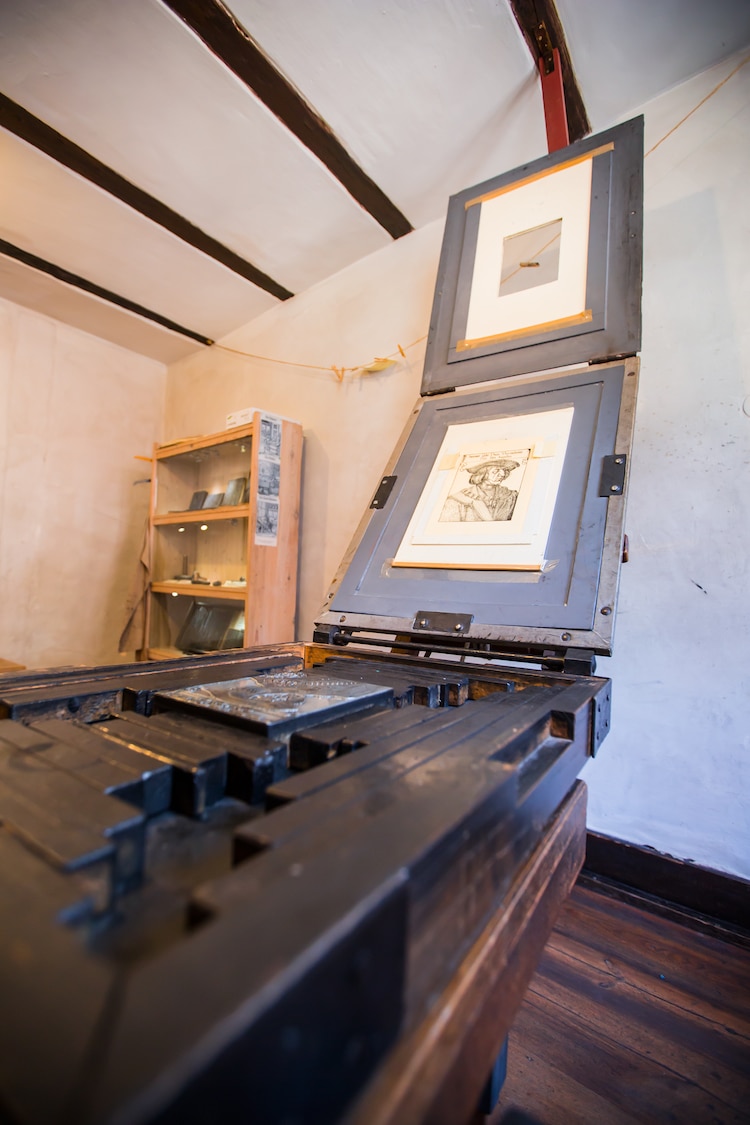
Photo: Stock Photos from muratart/Shutterstock
Dürer's mastery of different printmaking techniques allowed him to share his art throughout Europe and established him as one of the best engravers. His success inspired other artists, like Raphael and Titian, to also take advantage of printmaking to distribute their work across the continent.
Related Articles:
20 Famous Paintings From Western Art History Any Art Lover Should Know
Set Sail on a Journey Through 9 of Art History’s Most Important Seascape Paintings
What Is Printmaking? A Look at the History of Creating Art in Multiples
How Alphonse Mucha’s Sinuous Art Nouveau Posters Elevated Printmaking as an Art Form











































































